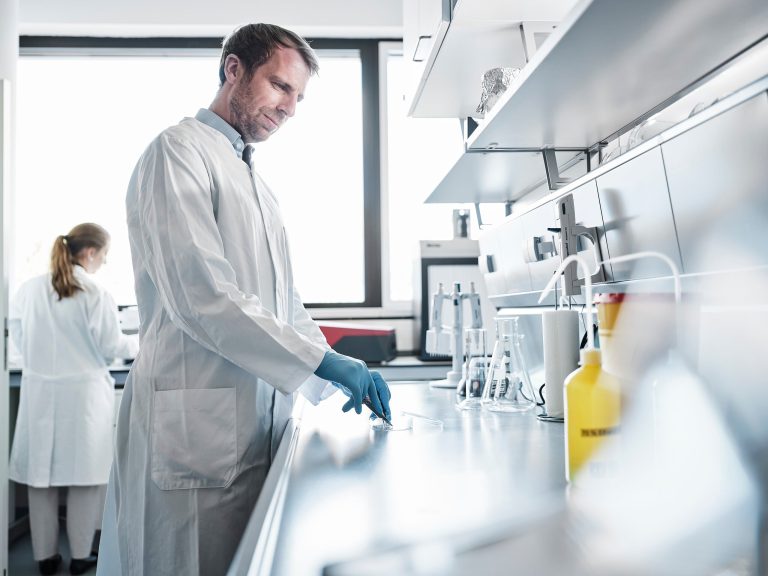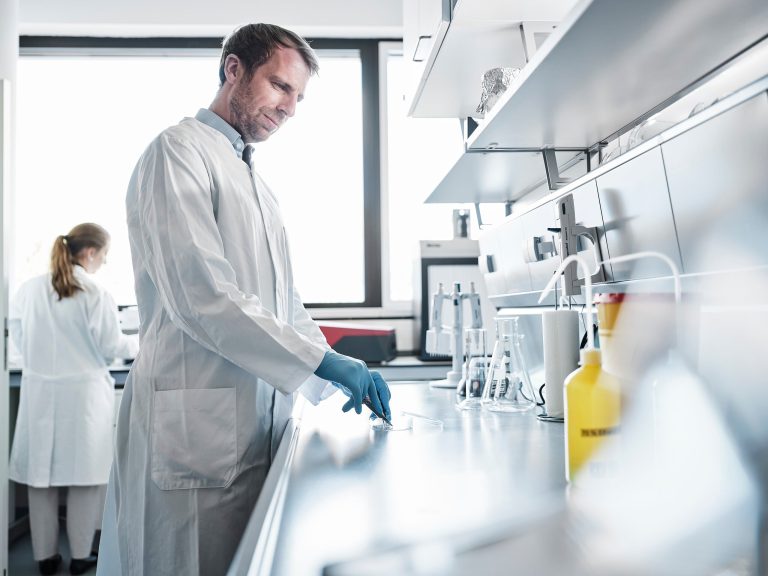Semiconductor technology is considered a “key strategic technology”. Now VCs and the federal government...
Improving leadership skills is one of today's key defense challenges. This has not only...
Companies face the challenge of remaining agile and innovative in an increasingly digital environment....
Companies are under increasing pressure to optimize processes, reduce costs and increase employee satisfaction....
Imagine you are planning a family vacation. Before you pack your suitcases, the most...
Jumping to a new operating system always raises the question: Is the upgrade worth...
The Internet has become the most transformative invention of the modern era. From instant...
Founder Maximilian Brinkmann in the laboratory in Münster.Refined Laser Systems Weeks of not knowing,...
Public transport companies in Germany are under enormous pressure: millions of passengers have to...
Founder Maximilian Brinkmann in the laboratory in Münster.Refined Laser Systems Weeks of not knowing,...










